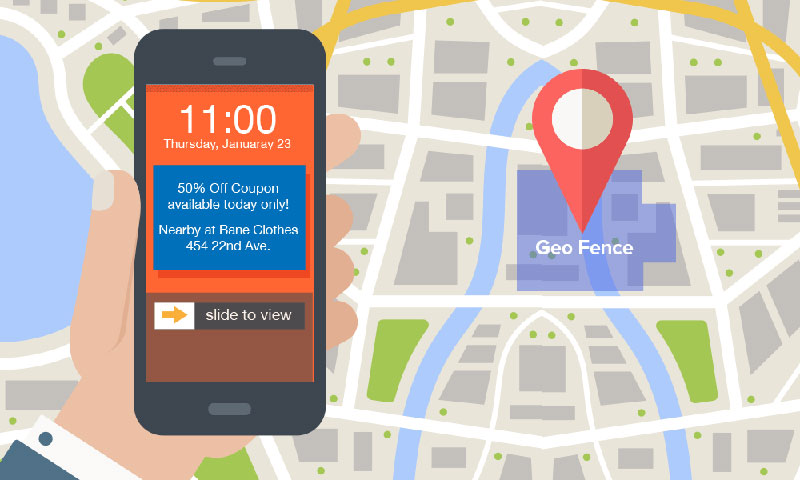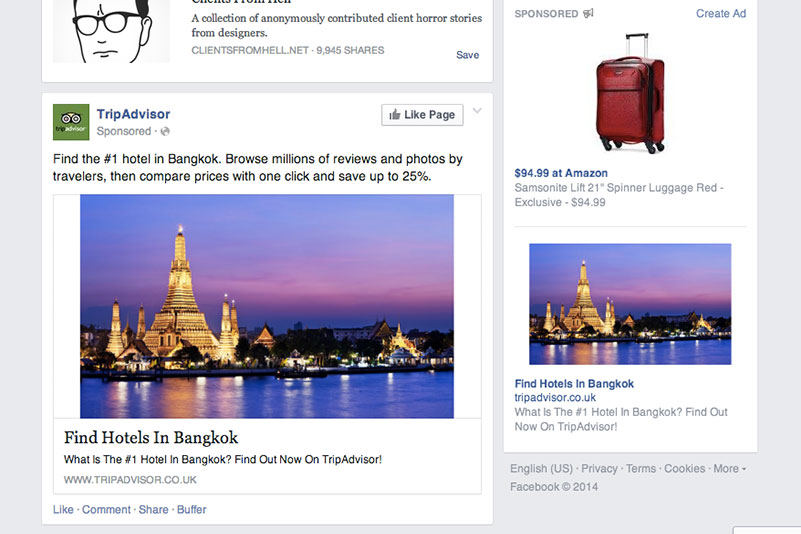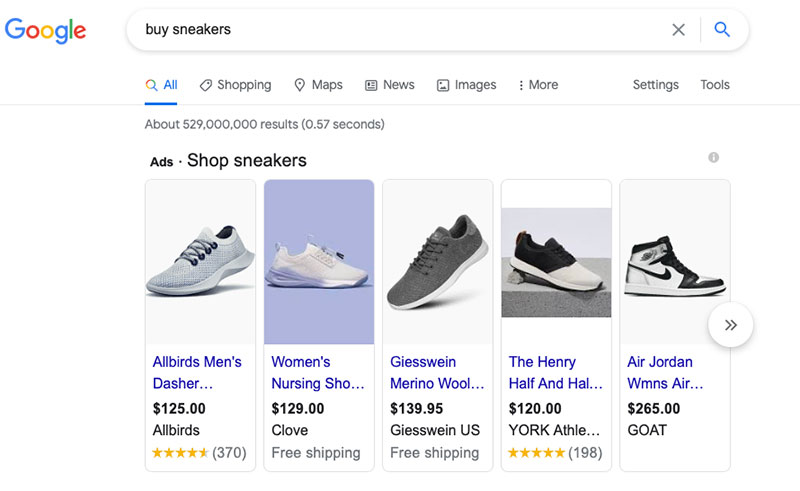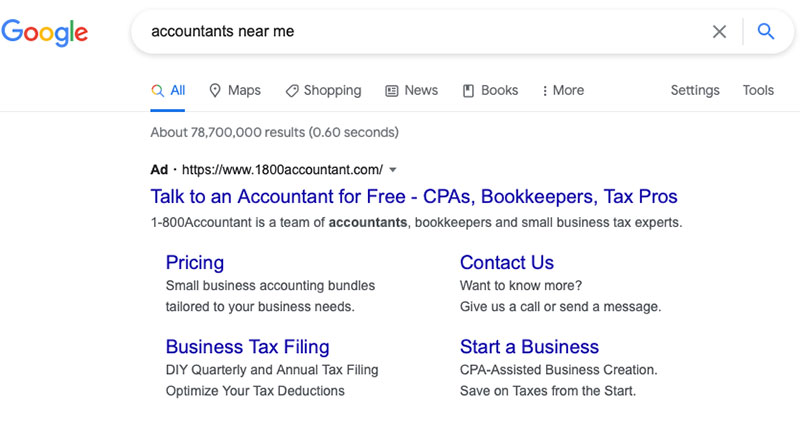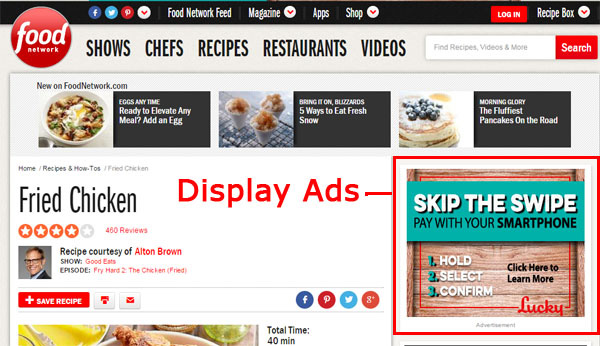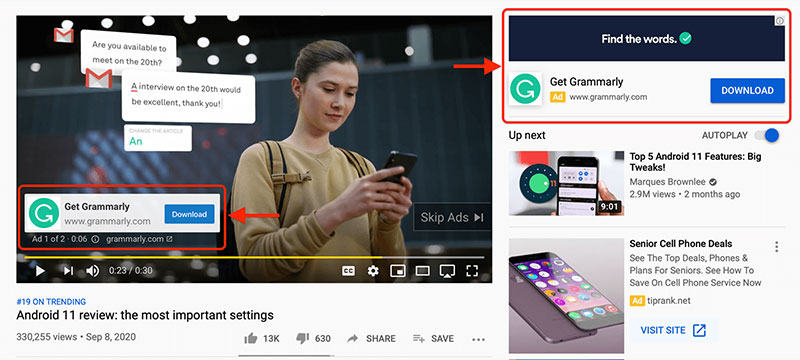PPC
Pay Per ClickBe Seen First
PPC or Google Adwords is an online advertising platform developed by Google, where business owners pay to display brief advertisements, service offerings, product listings and video content to show their products. The reason? Simply to increase the chances of generating online sales. Simple it may sound, but simple to execute successfully it is not!
PPC is one of the most powerful tools out there when it comes to marketing. Yes, it’s easy to set up a PPC campaign, the problem is it takes no time at all for the costs to spiral out of control. It takes experienced hands to run a profitable campaign, making sure it’s performing to maximum efficiency whilst keeping those costs down. We have experts that have been training with Google since the start to keep you up to date with the latest techniques to ensure you don’t over spend but still see the returns you are looking for.
The good news is we understand how to achieve the best results for your paid search. A combination of strategies helps us increase clicks, reduce costs and improve conversions. The result of which drives down the cost per acquisition (CPA) and increases overall sales and return on investment (ROI). We make sure you aren’t wasting a penny.
The core campaigns to consider, when creating a successful Google Ads account include;
Geofence
Have you ever thought it would be really great to just grab your customers’ attention as they drove or walked past your business? Maybe tap them on the shoulder as they browsed your competitor’s shelves and showed them an exclusive deal?
Well, thanks to some cutting-edge technology, that is now a possibility. Sort of! Geo fencing marketing is a location-based tool that allows you to connect with smartphone users who are located within a specific geographic area. That may be a store, driving down your street, on mobile web pages, or on mobile apps. It allows you to set up your advertising so when certain events occur, such as your customer walks into your competitor’s store, it generates an ad and puts it in front of the person via SMS, an app, social media, email, or another type of communication.
This type of marketing is compatible with 92% of smartphones in the U.S. Geo fencing allows you to place a virtual fence around whatever geographic area you choose. And we can help you identify the most profitable areas and create engaging ads that get results.
Retargeting
Did you know that just 2% of shoppers convert (spend money) during their first visit to an e-commerce site? The truth is the buyer’s journey is pretty convoluted. Rarely is it nice, neat and linear. So, what happens to the other 98%? At least some will certainly come back and purchase, but how can you ensure that they come back to you and not one of your competitors?
Retargeting reaches out to that 98% and brings them back to your site, thus increasing your chances of selling to them. The way it works sounds pretty high tech, but it’s actually pretty simple. The platform keeps track of your web site visitors, what they view, and if they put anything in their shopping cart. Then it displays your ads for those products or services on other sites they visit online.
Google Shopping
Formerly known as Product Listing Ads, Google Shopping allows customers to search for, view and compare products. These products are displayed when a customer uses Google to search for a product. They can appear in the main search engine results page or under the shopping tab.
For example, when a customer types sneakers into Google, they may see sponsored ads appearing at the top of the page. For example:
This is the quickest way to get your product or service seen on the first page of Google, you will be seen instantly rather than waiting for your products to move up the ranks organically, using Search Engine Optimization SEO.
Standard Search
Search ads have three main components; a headline, display URL and description text. All designed to convince users to click through. Ad extensions can also be included to provide users with additional information. How often search ads appear, their rankings, and the cost per click all depend on the bid and score.
Standard Search differs from Google Shopping as you don’t need to have a product to sell, this is used when you are offering a service, it would work very well if you were an Accountant for example;
Display Ads
Although Google display advertising still originates within the Google Ads interface, display ads perform very differently from their paid search counterparts. The main difference between Google search ads vs display ads is that search ads are a form of “pull” advertising while display ads are “push” advertising. Meaning, search ads only appear to those who are already searching for your product or service, while display ads are paid placements that appear based on various targeting parameters.
Not only that, display ads aren’t limited to appearing in only one location like search ads (in the SERP). Display ads appear across the entire GDN, over 2 million sites reaching over 90% of online users. They can show in multiple places on social media, such as natively in news feeds or on the side of the main feed:
YouTube Ads
YouTube advertising all occurs online in Google AdWords. You create your videos and upload it to Google AdWords, choosing the ad targeting and placement for your ads. You bid to display the ad, paying any amount that is within your budget. Once viewers watch your ad, you pay. Once your YouTube and runs, you can view the analytics from Google AdWords. You can run, pause, and stop ads at any time.
Increasingly more small- and medium-sized businesses are taking their advertising to YouTube. In fact, that number has doubled, and it’s not surprising why. There are various benefits of YouTube advertising, all of which circle around to the most important benefit: a huge audience. YouTube ads have the opportunity to appear across a platform that boasts 1.5 billion monthly viewers.
Types of Ad Targeting Options
As with other forms of social media advertising, there are multiple targeting options to choose from so you can reach your target audience with your YouTube ads.
Demographics: Target users according to their age, gender, etc.
Interests: Target users already interested in certain topics, users that are more tailored to your brand, users that like products and services similar to yours, and life events.
Video Remarketing: Target users that have interacted with your business’s videos in the past.
Placements: Target other YouTube channels, videos, apps, websites, and placements within those websites.
Topics: Target specific topics on YouTube and the Google Display Network.
Keywords: Target specific keywords related to a YouTube video, YouTube channel or website.
Contact us now and we can guide you through Pay Per Click!

